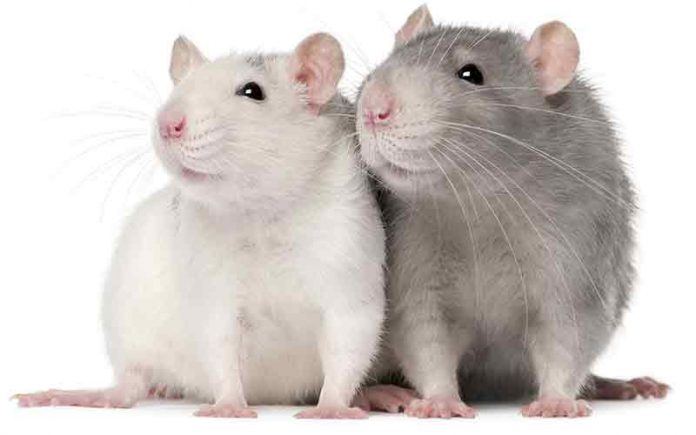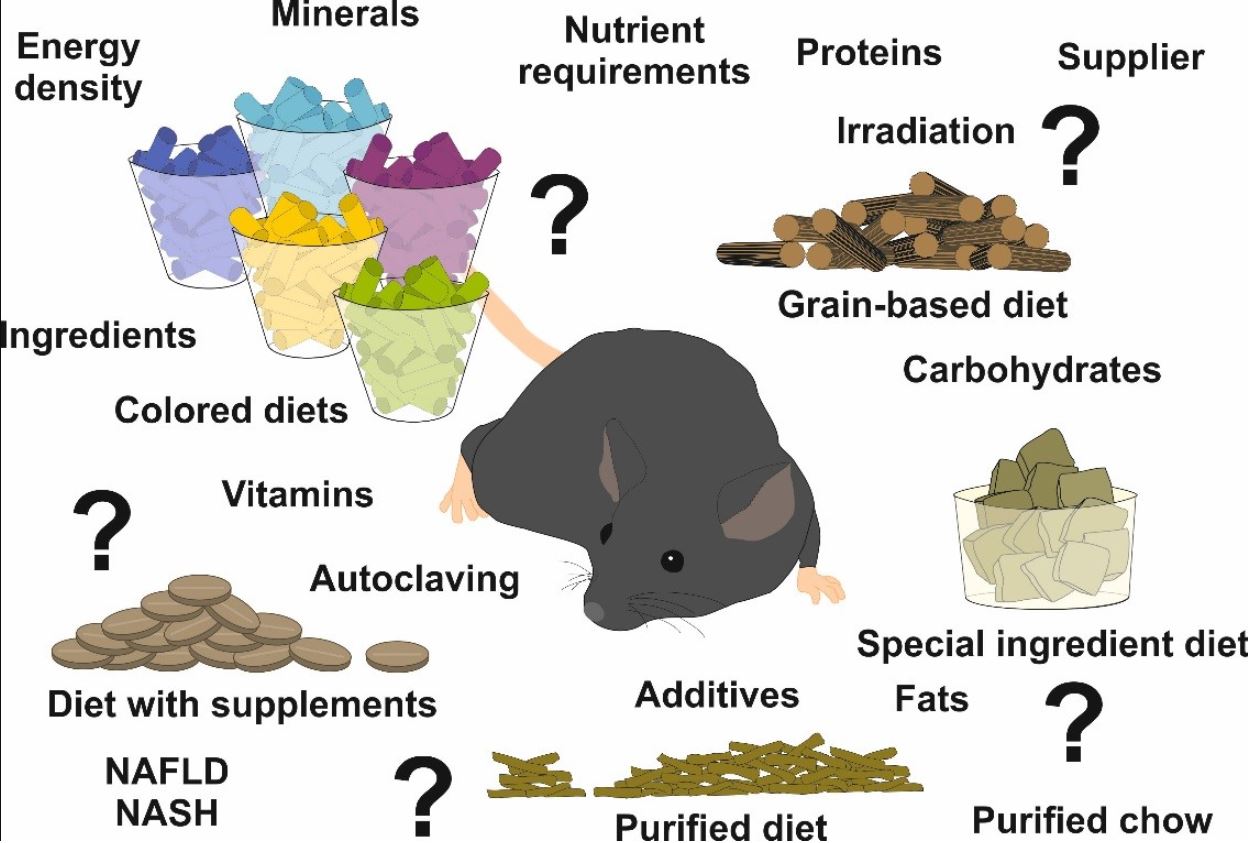ClearH2O's HydroGel is the #1 choice for breeders worldwide, including The Jackson Laboratory, Charles River Laboratories, Taconic, Envigo, and many more. If you have ever ordered animals from those breeders, chances are you have seen our gels in action. HydroGel® contains 98% water, as well as hydrocolloids (to give it its gel texture), food acid for preservation and an electrolyte mix. The average consumption for mice is similar to that of water at 5mg(ml)/mouse/day.
Shipping Rodents - the Importance of Hydration
Transportation from a vendor to a facility, or between facility, exposes the mice to many variables that they never experienced before: motion, noises, temperature fluctuations, disrupted light/dark cycles, transfer to a transit box/ shipping container, and sometimes new cage-mates. Studies have also shown that the mice experience dehydration and weight loss during transportation (1). A weight loss superior than 20% of the original weight can lead to euthanasia as per defined humane endpoints, pointing out the importance of food and water supply in the shipping box. Historically, different solutions were adopted, each with its own issues: a cut potato or other vegetables, wet mash / canned diet made by mixing water 2:1 with powdered chow, but both can dry out pretty quickly or mold. Food source is provided as pellets or dry wheat at the bottom of the cage, but can be unsanitary as it absorbs urine.
Since then, most breeders have switched to gelled water and/or diet during shipment. The gel consistency avoids spillage, loss of water and wet bedding. The plastic packaging protects from spoilage by bedding and feces. The different formats (cups or pouches) provide solutions for short term or long shipment times. A more recent study also showed that mice develop taste preferences during shipment and are more likely to consume more of the product they were shipped with at arrival, compared to a product they had never consumed before (2). Interestingly it was shown that social interactions can also direct flavor preferences in rats, showing preference to the flavor that was previously eaten with a peer (3). ClearH2O offers 3 different hydration pouches options :
- HydroGel® : 98% moisture
- DietGel® Recovery : 70% moisture with added sugar and electrolytes, much like a Gatorade or Pedialyte for mice
- LabGel® Banana : 93% water with banana puree and no sugar added
WE HIGHLY RECOMMEND TO SLICE AN "X" INTO THE POUCH, OR REMOVE A FLAP COMPLETELY, BEFORE PLACING THE POUCH AT THE BOTTOM OF THE SHIPPING BOX TO ALLOW BETTER ACCESS OF THE GEL TO THE MICE (4)

Herbivores Care - They too Need Hydration
Rabbits and guinea pigs are considered more finicky species, are less adaptable and more picky with their food, compared to mice and rats. In 2008, Charles River conducted a study on hydration of guinea pigs during a 3 day trip, comparing HydroGel® with a water gel sweetened with high fructose corn syrup (5). The study demonstrated many advantages of using HydroGel® during shipment:
- Both gels and animals were weighted: guinea pigs had consume 95% of HydroGel® (compare to only 61% of the sweetened gel), and had lost only 2.7% of body weight (compared to 23% with the sweetened gel!).
- Clinically, the animals shipped with HydroGel® were brighter and showed a cleaner hair coat on arrival.
- Blood hematocrit, serum sodium, serum chloride and protein values were also measured, and showed that the animals provided with HydroGel® during transit were less dehydrated at arrival than with the sweetened gel.
- An additional study revealed that guinea pigs prefer sucralose and molasses as sweeteners.

ClearH2O also carries a DietGel® specific for herbivores, DietGel® Criticare, made with pineapple juice and timothy hay, providing both hydration (70% water) and nutrition. In 2018, Charles River conducted a study on rabbit inapettence (6). Historically, the inappettence rate observed could be as high as 30% on arrival, leading to welfare concerns and exclusion of those precious animals from studies. By using DietGel® Criticare during transport, the inapettence rate dropped down to 2% !

Interested in the studies from CRL mentioned in this article? Download them here:
2008 - CRL - Guinea pigs shipment
2018 - CRL - Rabbit inappetance
To try samples of any (or all!) of the products mentioned in this article, fill out this request form!
References
(1) Wallace et al. 1976
(2) Tardoff et al., 2005
(3) Duncan et al., 1987
(4) Lockworth & Pesek, 2019
(5) Luo, Mulder & Morin, 2008
(6) Leroux-Peterson, 2018
Image from Taconic




Leave a comment
All comments are moderated before being published.
This site is protected by hCaptcha and the hCaptcha Privacy Policy and Terms of Service apply.